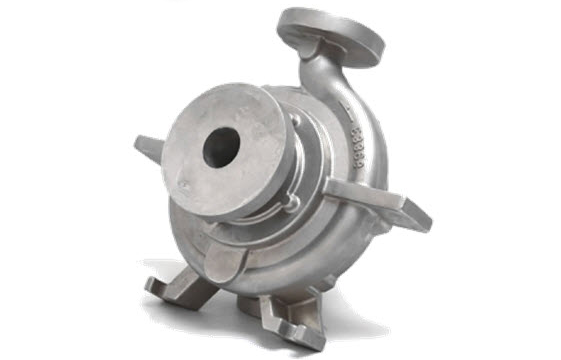- Casting and pouring stainless steel parts at the foundry is a complex process that requires precision, expertise, and adherence to strict procedures. Stainless steel, known for its excellent corrosion resistance and high strength, is widely used in various industries, including automotive, aerospace, and manufacturing. This guide aims to provide a comprehensive overview of the steps involved in casting and pouring stainless steel parts at the foundry.

Casting and Pouring Stainless Steel Parts at the Foundry: A Comprehensive Guide
- Material Selection and Preparation:
Selecting the appropriate stainless steel alloy is crucial for the success of the casting process. Different stainless steel alloys offer varying properties, such as corrosion resistance, heat resistance, and mechanical strength. Common stainless steel alloys used in casting include 304, 316, 17-4 PH, and 440C, among others.
Once the alloy is chosen, it is essential to ensure that the raw material is clean and free from impurities. Stainless steel scraps or ingots are typically melted in an electric arc furnace or an induction furnace to achieve the desired molten state for casting.
- Pattern and Mold Preparation:
The next step is the preparation of the pattern and mold. The pattern, typically made of wood, plastic, or metal, serves as a replica of the desired part. It is used to create the mold, which will hold the molten stainless steel during the casting process.
The mold can be made from various materials, including sand, ceramic, or investment plaster. The choice of mold material depends on factors such as the complexity of the part, the required surface finish, and the desired dimensional accuracy.
- Wax Injection and Shell Building:
In investment casting, a common method for casting stainless steel parts, wax patterns are created by injecting molten wax into the cavity of the pattern. These wax patterns are then assembled onto a wax sprue to form a cluster.
The wax cluster is then coated with a refractory material, such as ceramic slurry, through a process called shell building. This involves dipping the cluster into a series of ceramic slurries and coating it with ceramic particles to build a shell around the wax pattern.
- Shell Drying and Preheating:
Once the ceramic shell is built, it needs to be dried and preheated to remove any moisture and ensure proper temperature distribution during the pouring process. The shell is typically placed in an oven or furnace and heated gradually to remove moisture and achieve the required temperature.
- Shell Dewaxing:
In the next step, the wax inside the ceramic shell is removed through a process called dewaxing. This can be done by subjecting the shell to high temperatures, causing the wax to melt and drain out. The remaining empty cavity inside the ceramic shell is now ready to receive the molten stainless steel.
- Pouring and Solidification:
The ceramic shell, with the wax removed, is placed in a casting flask and securely fastened. The molten stainless steel, heated to the appropriate temperature, is then poured into the cavity through a sprue or gating system.
During pouring, it is important to control the flow rate and temperature of the molten metal to ensure proper filling of the cavity and prevent defects. Once the mold is filled, the stainless steel solidifies and takes the shape of the desired part.
- Cooling and Casting Removal:
After pouring, the stainless steel part needs to cool and solidify within the mold. The cooling time depends on the size and complexity of the part, as well as the type of stainless steel alloy used.
Once the part has cooled sufficiently, the ceramic shell is removed. This can be done through mechanical methods, such as vibration or sandblasting, or by thermal methods
such as thermal shock or burnout. The ceramic shell is carefully broken away, revealing the solidified stainless steel part inside.
- Finishing and Post-Casting Processes:
Once the stainless steel part is removed from the mold, it may require additional finishing processes to achieve the desired surface finish, dimensional accuracy, and mechanical properties. These processes may include:
- Grinding and polishing: Removing any rough edges, excess material, or surface imperfections through grinding and polishing operations.
- Machining: Using machining tools such as lathes, mills, or CNC machines to achieve precise dimensions and tolerances.
- Heat treatment: Subjecting the stainless steel part to controlled heating and cooling processes to improve its mechanical properties, such as hardness or strength.
- Surface treatment: Applying coatings, plating, or passivation treatments to enhance corrosion resistance or improve aesthetics.
- Inspection and Quality Control: Conducting thorough inspections, including dimensional checks, visual examination, and non-destructive testing methods, to ensure the part meets the required quality standards.

